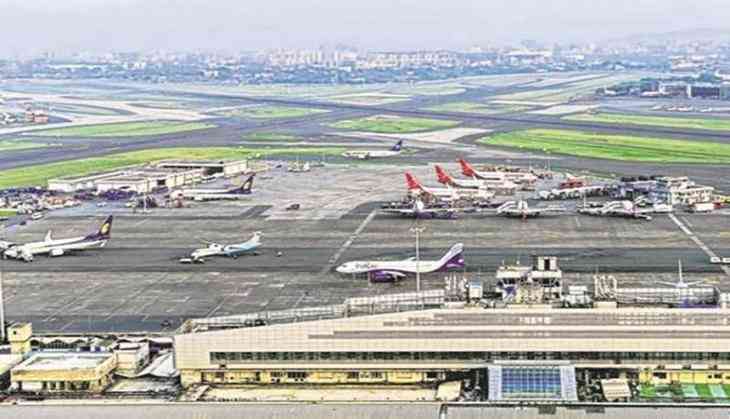Leeham News and Analysis
There's more to real news than a news release.
How competitive is A330neo? Part 2.
By Bjorn Fehrm
Subscription Required
Introduction
May 31, 2018, © Leeham News: We continue our analysis why the Airbus A330neo has lost to Boeing’s 787-9 in recent sales campaigns. In the first part of the series, we analyzed the key data of the aircraft, including their weight, drag characteristics and payload capacity.
Now we continue with flying the aircraft over typical routes with our performance model. What’s the route capacity of the of the aircraft and how about their fuel consumption?
Summary:
- The equalized range difference between the aircraft boils down to a maximum of 15-hour routes for the A330-900 versus 17 hours for the 787-9.
- There is also a difference in fuel efficiency between the types.
India outlook for Airbus, Boeing: Optimistic at first sight, but what lies beneath?
Special to Leeham News and Comment.
May 30, 2018, © Leeham News: As one of the fastest growing airline markets in the world, India represents a large and growing part of the Airbus and Boeing order books. Although the absolute numbers seem unwieldy at first glance, a closer look at the data show that the country’s aircraft orders may actually make sense given population and consumer trends.

Photo via Google images.
Indian-domiciled airlines operate 562 aircraft of 37 seats or more, with an average age of less than eight years. DGCA rules were recently changed to allow passenger aircraft up to 18 years old to be flown commercially, which points to a relatively low replacement need over the next decade.
Meanwhile, India’s order book comprises 978 aircraft, a 74% increase if no replacements were needed. From a seat capacity perspective, that figure is 73% before replacement demand using assumed operator-specific LOPAs for MAX and neo.
Pontifications: Honoring John McCain
May 28, 2018, © Leeham News: Today is Memorial Day in the USA, the holiday which honors US Armed Forces who died in active military service.
It seems fitting today to think about US Sen. John McCain (R-AZ), who is dying of the same brain cancer that took the life of Sen. Edward Kennedy.
How competitive is Airbus’ A330neo?
By Bjorn Fehrm
Subscription Required
Introduction
May 24, 2018, © Leeham News: Boeing’s 787-9 has won some important fights against the Airbus A330neo. After Hawaiian Airlines, American Airlines and a possible loss at United, one asks: Is the A330-900 not competitive against a 787-9? The aircraft are similar in size and use the same engines.
We take a deeper look at the A330-900 compared with the 787-9 to understand what’s behind this trend.
- The A330-900 and 787-9 are virtually identical in size.
- They are also aerodynamically closely matched.
- Their primary difference is the method of construction, with the Carbon Fiber structure of the 787 giving a lower empty weight.
Jet Airways, India’s second largest airline
By Bjorn Fehrm
May 23, 2018, ©. Leeham Co: Jet Airways is India’s second-largest airline after IndiGo and India’s largest Full-Service carrier, transporting 4 million passengers more than AIr India during 2017.
After years of ups and downs, the carrier has re-established growth and profitability over the last year’s operation.
Pontifications: An in-depth assessment that people matter at Airbus
May 21, 2018, © Leeham News: In February, consultant Richard Aboulafia colorfully said Airbus was plagued by “decapitation” of its executive ranks as retirements and resignations came one after another after another.
In April, LNC raised the prospect of déjà vu all over again, discussing the Airbus departures and product turmoil beginning in 2016, recalling another one 2006 and comparing it with Boeing’s era of upheaval from 2007.
Last week, industry leader Steve Udvar-Hazy remarked at the 38th annual Airfinance Journal conference in Miami that “Airbus has its hands full with senior management leaving. Airbus has got to refocus to maintain market share.”
One day later, Carter Copeland of the Melius Research firm published a note devoted to the upheaval at Airbus.
I found the note to be of particular interest.
With Copeland’s permission, the entire note is reprinted below.










